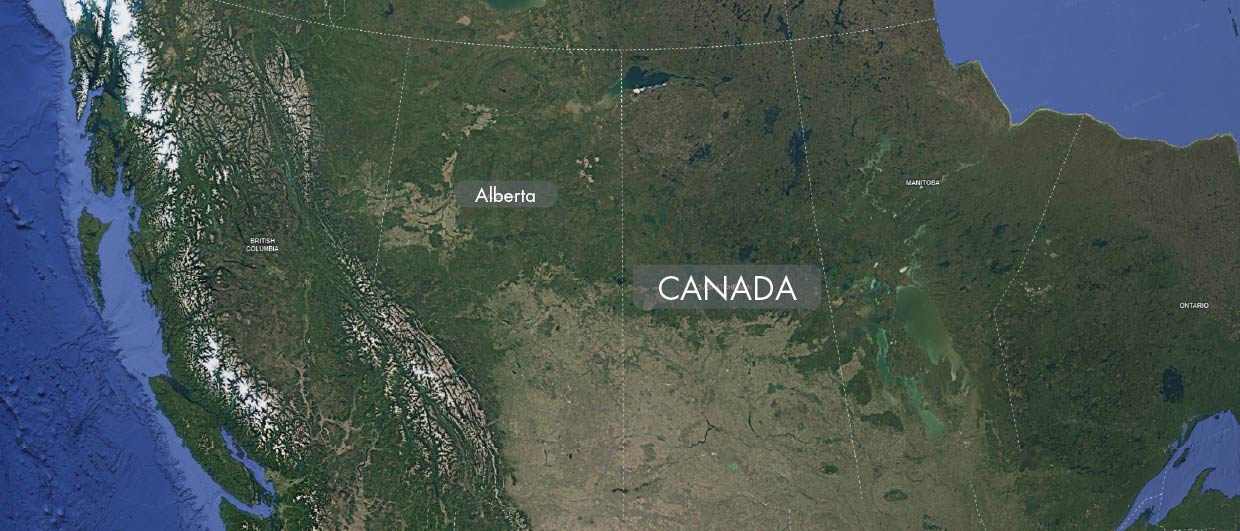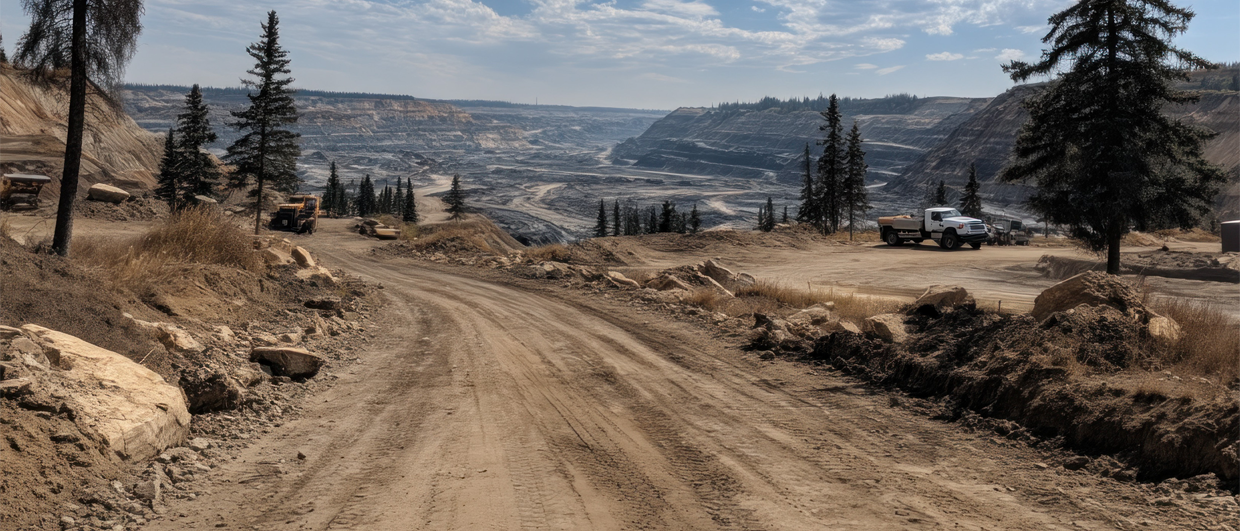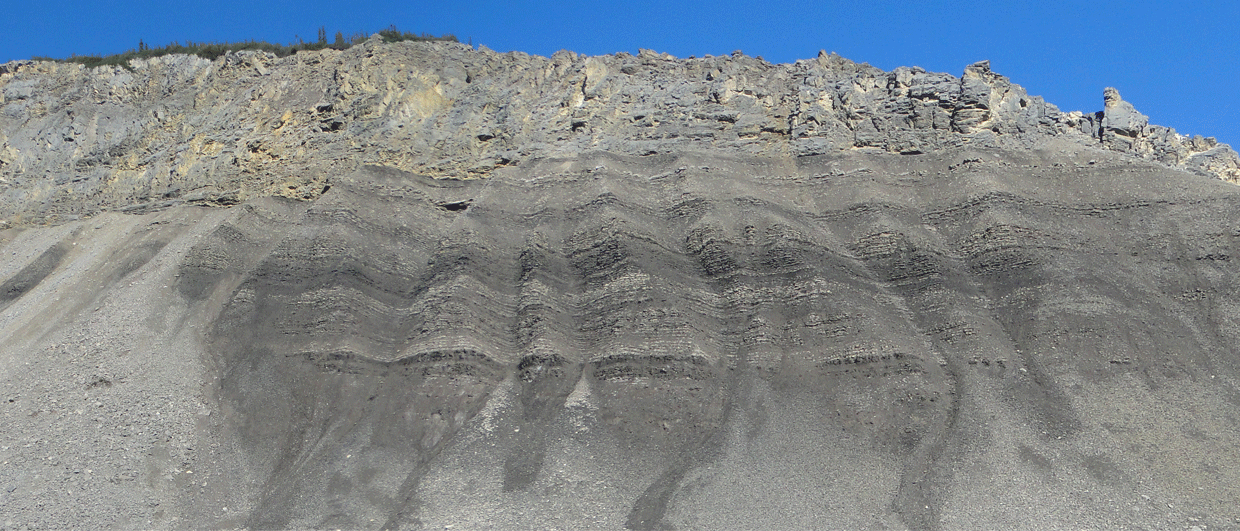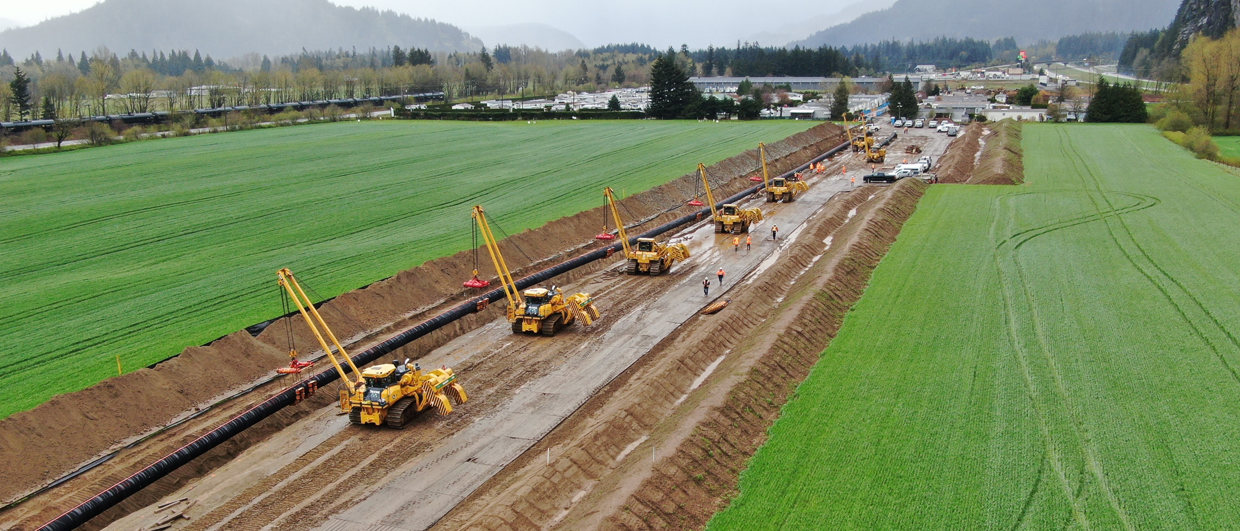At the IMAGE Conference in August 2024, I met some wellsite geologists from Calgary. They were the first to tell me about the Clearwater Formation and that drilling has been steady in this play despite the various downturns we have seen over the past ten years. Then, my colleague Ingvild attended the NAPE Conference in Houston February 2025, where she did some scouting around exhibitors, asking what the most important play in North America is at the moment. The Clearwater was mentioned many times.
So, what is the Clearwater all about? We asked Mike Sherwin from GeoEdges. His company maps petroleum plays and reservoirs across the North American continent for explorers to use in a GIS environment.
“The oil in the Clearwater had been known for a while already,” said Mike when we spoke on Teams in March. “In that sense, it is not a newly discovered reservoir. However, it was uneconomic to produce the fairly low API oil with the vertical wells that were commonplace at the time when the oil was first proven. It took a breakthrough horizontal drilling technology to make the Clearwater oil economically attractive. And it did, big time.”

According to this website, the payback time for a horizontal production well drilled in the Clearwater is about half a year, which is the best amongst a range of other North American plays. The wells are completed open hole and don’t need fraccing either, adding to the favourable economics. The spacing between the wells is very tight too, often less than 100 m, which means that rigs don’t need to be moved far and can drill many miles from the same pad. Drilling rates of up to 400 m per hour are quite common in the Clearwater, which is extremely fast. The depth of burial of the reservoirs is around 700 m at the present day, so there is not a long overburden section to be drilled.
The Clearwater reservoirs are part of a series of Lower Cretaceous shoreface sands that prograded into the Western Canadian foreland basin. The extent and thickness of these shoreface sands, which are separated by shallow marine mudstones, are, therefore, an important controlling factor in determining where drilling takes place. The Marten Hills development of the Clearwater play shows the best thickness
The source of the oil in the Clearwater sands is similar to the oil mined further to the northeast in Alberta – the Devonian marine shales of the Duvernay and Muskwa formations. The kitchen is situated to the southwest of the Clearwater play, where the Devonian is buried more deeply in the foreland basin. The Clearwater oil can, therefore, be regarded as being trapped at an earlier stage in the migration process, with the open pit oil sands being at the more distal and shallow end.





